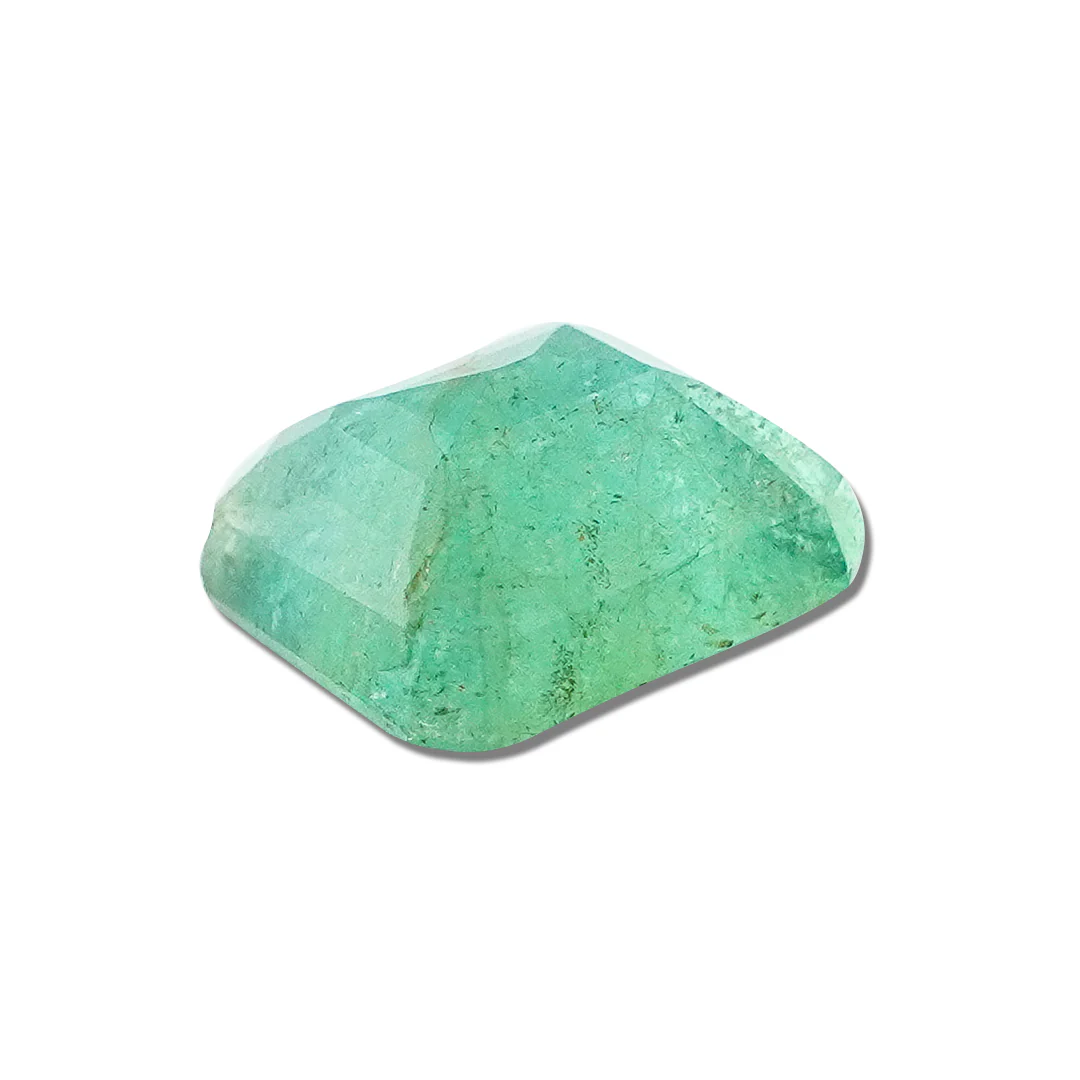Introduction to Kuberakshi Plant:
The kuberakshi plant, scientifically known as Cestrum nocturnum, is a remarkable botanical wonder that has been gaining popularity for its numerous benefits. This fragrant night-blooming jasmine is native to tropical and subtropical regions and has been used for centuries in traditional medicine and beauty practices. In this comprehensive guide, we’ll explore the various kuberakshi plant benefits and how you can incorporate this natural marvel into your daily life.
Health Benefits of Kuberakshi
Kuberakshi offers a wide range of health benefits that make it a valuable addition to your wellness routine. Let’s delve into some of the most notable advantages:
- Anti-inflammatory properties: Kuberakshi contains compounds that may help reduce inflammation in the body, potentially alleviating symptoms of various inflammatory conditions.
- Stress relief: The pleasant aroma of kuberakshi flowers is known to have calming effects, helping to reduce stress and promote relaxation.
- Improved sleep quality: The soothing scent of kuberakshi may aid in improving sleep quality, making it an excellent natural remedy for insomnia.
- Digestive health: Some traditional medicinal practices use kuberakshi to support digestive health and alleviate gastrointestinal discomfort.
- Respiratory support: Kuberakshi may help in clearing nasal congestion and supporting overall respiratory health.
- Pain relief: The plant’s analgesic properties may provide relief from minor aches and pains.
To experience these health benefits, you can try incorporating kuberakshi into your daily routine through various methods, such as:
- Brewing kuberakshi tea
- Using kuberakshi essential oil in aromatherapy
- Applying kuberakshi-infused topical products
Beauty and Skincare Applications
Kuberakshi plant benefits extend beyond internal health, offering numerous advantages for skin and hair care:
- Skin rejuvenation: The antioxidants present in kuberakshi may help protect the skin from free radical damage and promote a youthful appearance.
- Acne treatment: The plant’s antibacterial properties may assist in combating acne-causing bacteria and reducing breakouts.
- Hair growth: Some studies suggest that kuberakshi may stimulate hair follicles, potentially promoting hair growth and thickness.
- Skin brightening: Regular use of kuberakshi-based products may help in evening out skin tone and improving overall complexion.
- Moisturizing properties: Kuberakshi-infused oils and creams can provide deep hydration to the skin, leaving it soft and supple.
To incorporate kuberakshi into your beauty routine, consider trying:
- Kuberakshi face masks
- Kuberakshi-infused hair oils
- Kuberakshi-based moisturizers and serums
Growing Kuberakshi at Home
One of the most rewarding kuberakshi plant benefits is the ability to grow it in your own garden or indoor space. Here’s a quick guide to cultivating this fragrant plant:
- Climate: Kuberakshi thrives in warm, humid environments. If you live in a cooler region, consider growing it in a container that can be moved indoors during winter.
- Soil: Use well-draining, fertile soil rich in organic matter.
- Sunlight: Provide partial shade to full sun exposure for optimal growth.
- Watering: Keep the soil consistently moist but not waterlogged.
- Pruning: Regular pruning helps maintain the plant’s shape and promotes healthy growth.
- Fertilizing: Apply a balanced fertilizer during the growing season to support robust growth and flowering.
By growing kuberakshi at home, you’ll have fresh access to its leaves and flowers for various uses, from making teas to creating homemade beauty products.
Kuberakshi in Traditional Medicine
The use of kuberakshi in traditional medicine systems, particularly in Ayurveda and Chinese medicine, highlights its long-standing reputation for promoting health and wellness. Some traditional applications include:
- Fever reduction: Kuberakshi has been used to help bring down high body temperatures.
- Wound healing: The plant’s leaves have been applied topically to promote faster wound healing.
- Menstrual regulation: Some traditional practices use kuberakshi to help regulate menstrual cycles and alleviate related discomfort.
- Liver support: In certain traditional medicine systems, kuberakshi is believed to support liver function and detoxification.
- Joint health: The plant’s anti-inflammatory properties have been utilized to address joint pain and stiffness.
While these traditional uses are fascinating, it’s important to note that more scientific research is needed to fully validate these claims. Always consult with a healthcare professional before using kuberakshi or any herbal remedy for medicinal purposes.
Potential Side Effects and Precautions
While kuberakshi plant benefits are numerous, it’s essential to be aware of potential side effects and take necessary precautions:
- Skin irritation: Some individuals may experience skin irritation when using kuberakshi-based topical products. Always perform a patch test before widespread use.
- Allergic reactions: As with any plant, some people may be allergic to kuberakshi. If you experience any allergic symptoms, discontinue use immediately and seek medical attention.
- Pregnancy and breastfeeding: There isn’t enough reliable information about the safety of kuberakshi during pregnancy or while breastfeeding. It’s best to avoid use during these periods.
- Interaction with medications: Kuberakshi may interact with certain medications. If you’re taking any prescription drugs, consult your healthcare provider before using kuberakshi products.
- Toxicity: The berries of the kuberakshi plant can be toxic if ingested. Keep the plant out of reach of children and pets.
Always use kuberakshi products as directed and discontinue use if you experience any adverse reactions.
Conclusion
The kuberakshi plant offers a wide array of benefits for health, beauty, and overall well-being. From its potential to reduce inflammation and promote relaxation to its applications in skincare and traditional medicine, kuberakshi is truly a versatile natural wonder. By incorporating this fragrant plant into your daily routine, whether through teas, essential oils, or homegrown specimens, you can tap into its numerous advantages.
Remember to approach the use of kuberakshi with mindfulness, starting slowly and paying attention to how your body responds. As with any natural remedy, it’s always wise to consult with a healthcare professional, especially if you have existing health conditions or are taking medications.
We hope this comprehensive guide has shed light on the many kuberakshi plant benefits and inspired you to explore this botanical treasure further. Whether you’re seeking natural solutions for better sleep, improved skin health, or simply want to add a beautiful, fragrant plant to your garden, kuberakshi has something to offer. Embrace the power of nature and discover how kuberakshi can enhance your life and well-being.
Know more about astrology: acharyaganesh.com
FAQs About Kuberakshi Plant Benefits
To address some common questions about kuberakshi plant benefits, we’ve compiled a list of frequently asked questions:
Q1: Is kuberakshi safe for daily use?
Ans: When used as directed, kuberakshi is generally safe for daily use. However, it’s always best to start with small amounts and monitor your body’s response.
Q2: Can kuberakshi help with weight loss?
Ans: While some traditional practices suggest kuberakshi may support metabolism, there isn’t sufficient scientific evidence to support its use for weight loss.
Q3: How long does it take to see results from using kuberakshi?
Ans: The time frame for experiencing kuberakshi plant benefits can vary depending on the specific use and individual factors. Some people may notice effects within a few weeks, while others may require longer periods of consistent use.
Q4: Can I use kuberakshi if I have sensitive skin?
Ans: If you have sensitive skin, it’s crucial to perform a patch test before using any kuberakshi-based products. Start with small amounts and dilute essential oils properly.
Q5: Are there any alternatives to kuberakshi with similar benefits?
Ans: While kuberakshi offers unique benefits, other plants like lavender, chamomile, and aloe vera share some similar properties for relaxation and skin care.






























